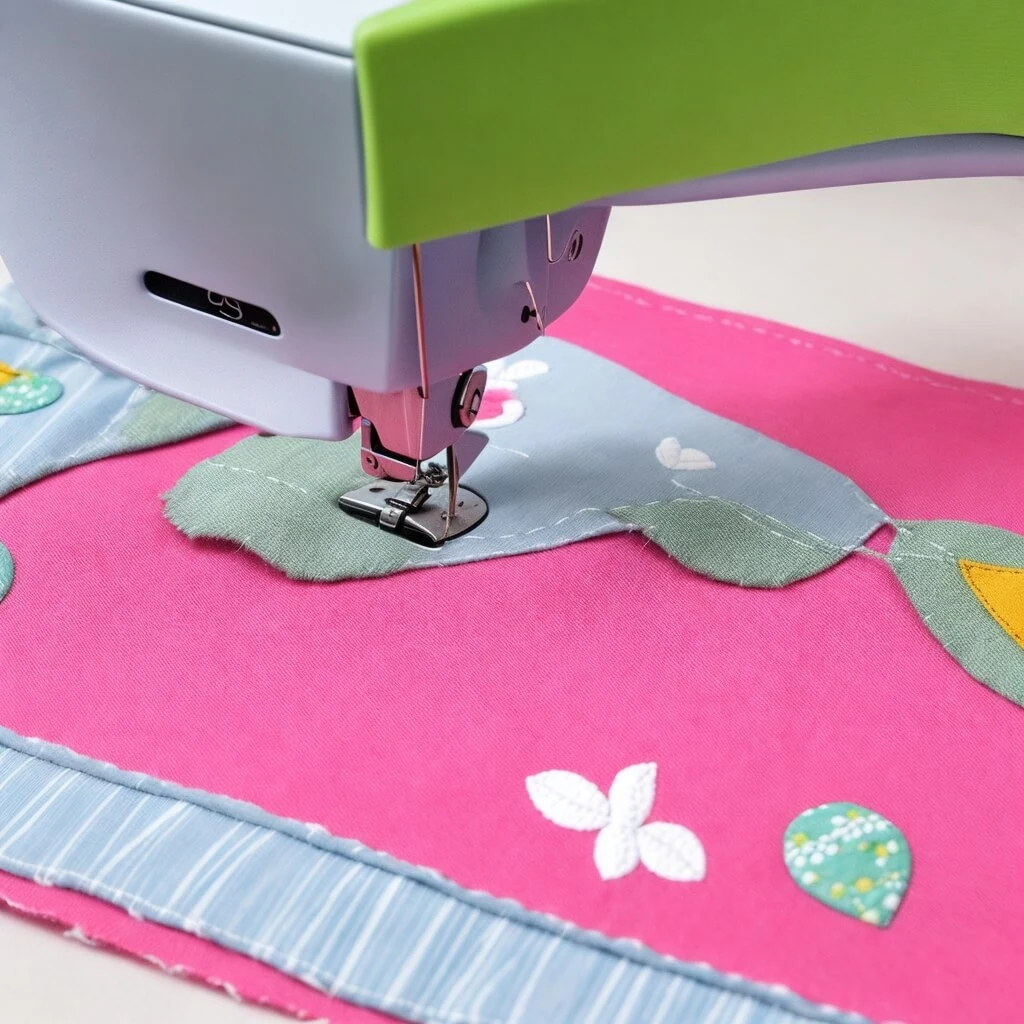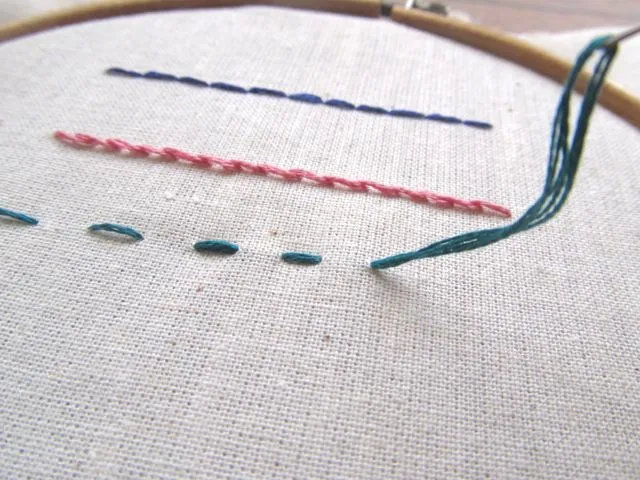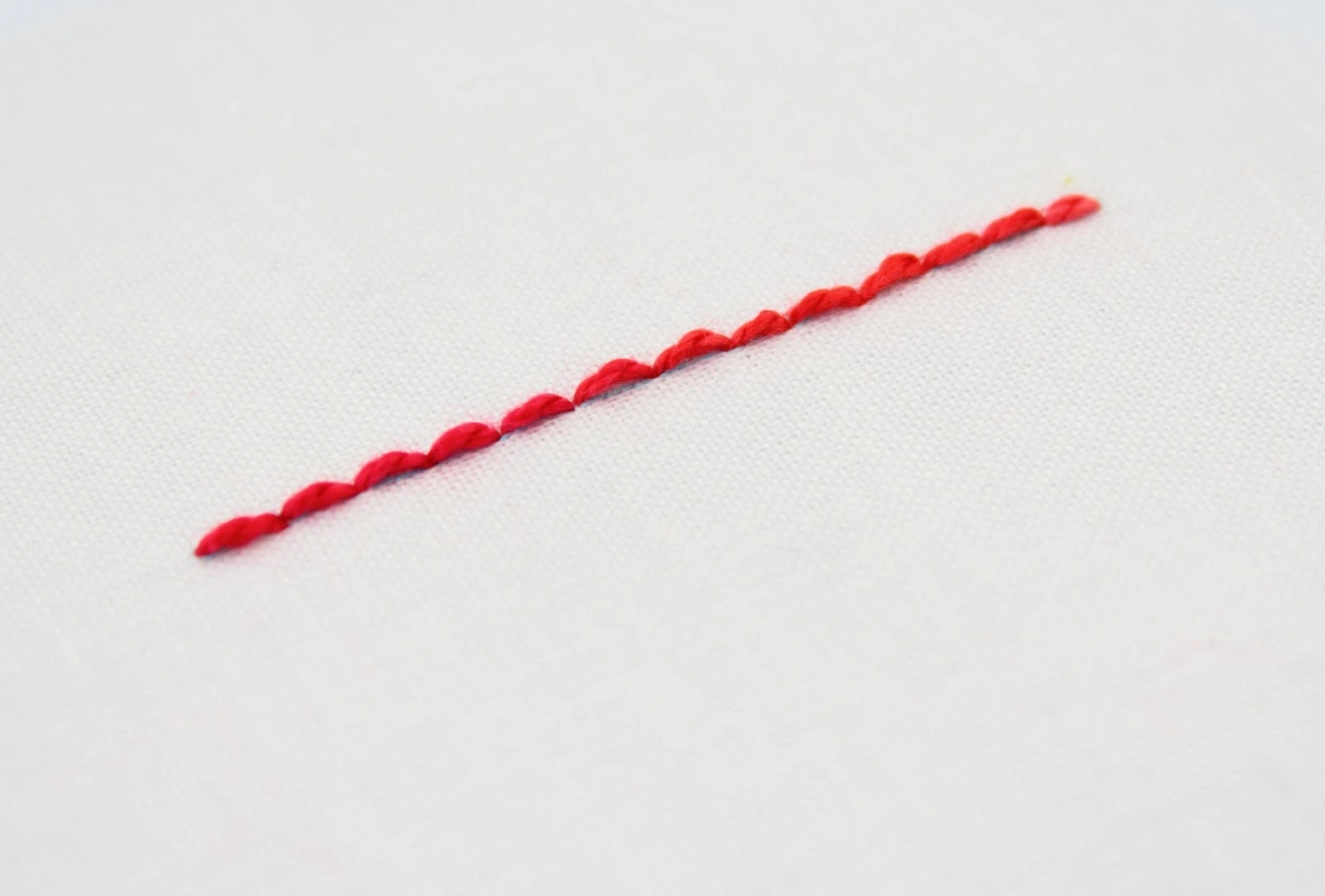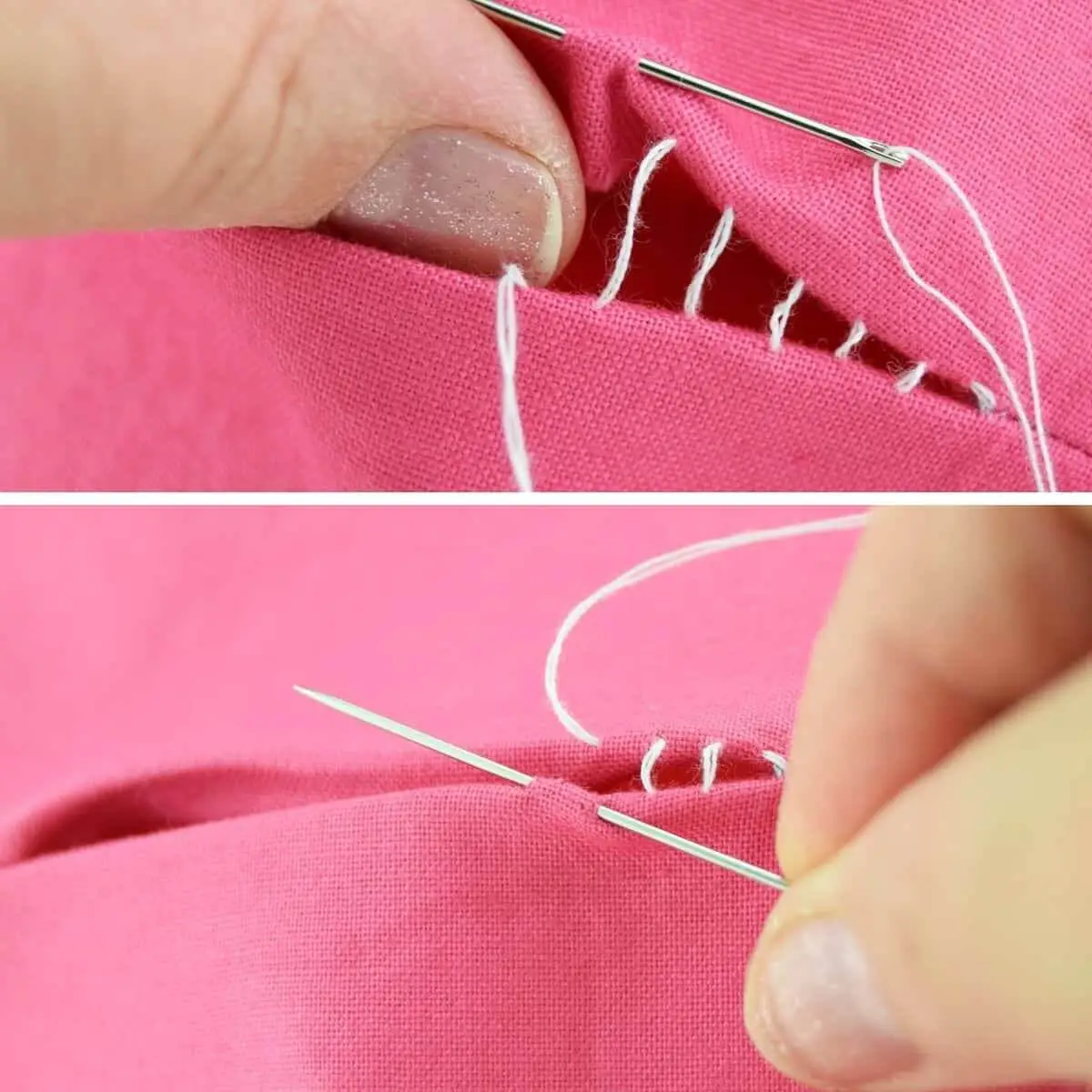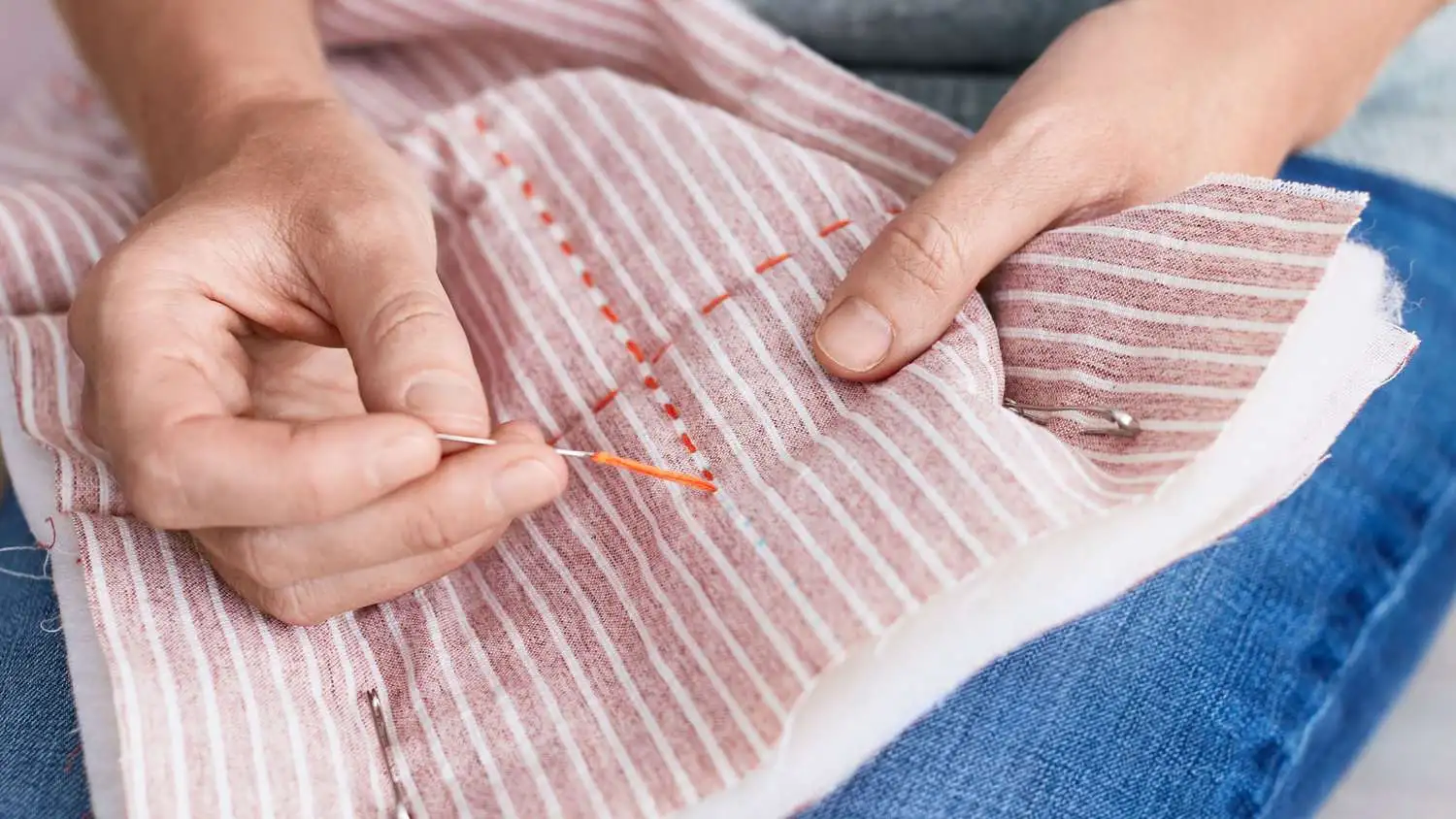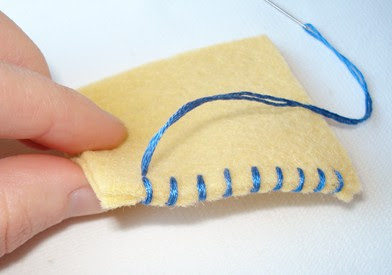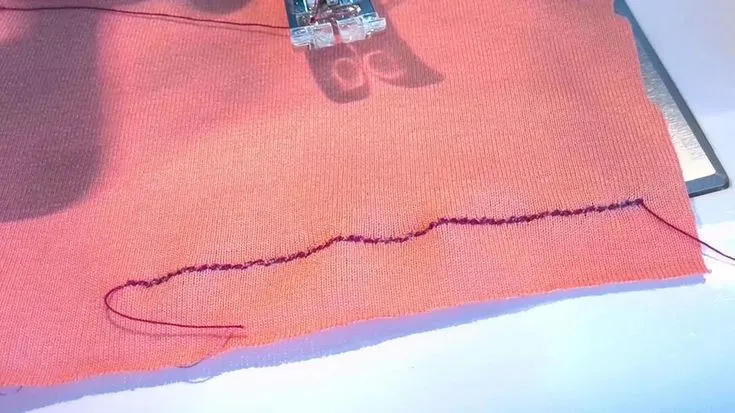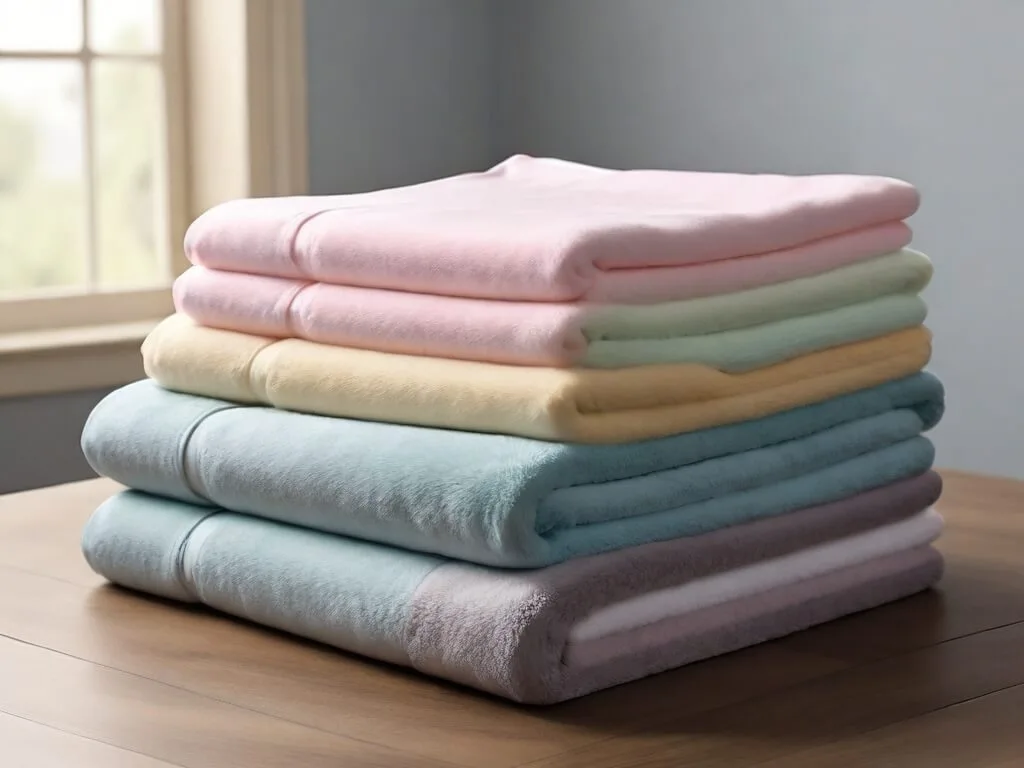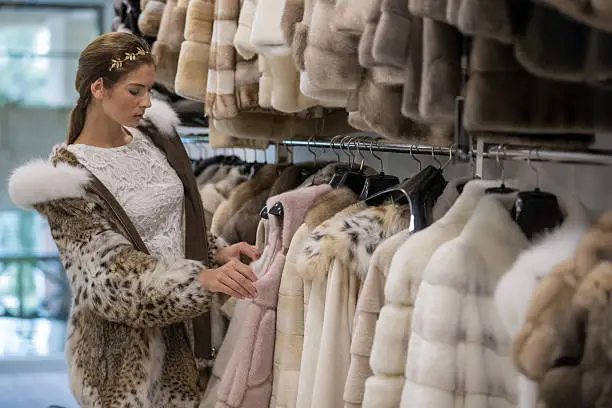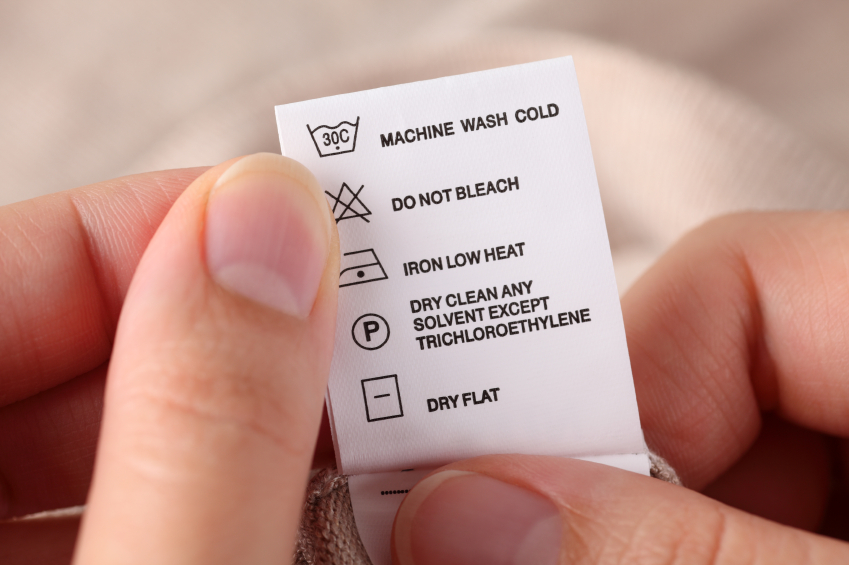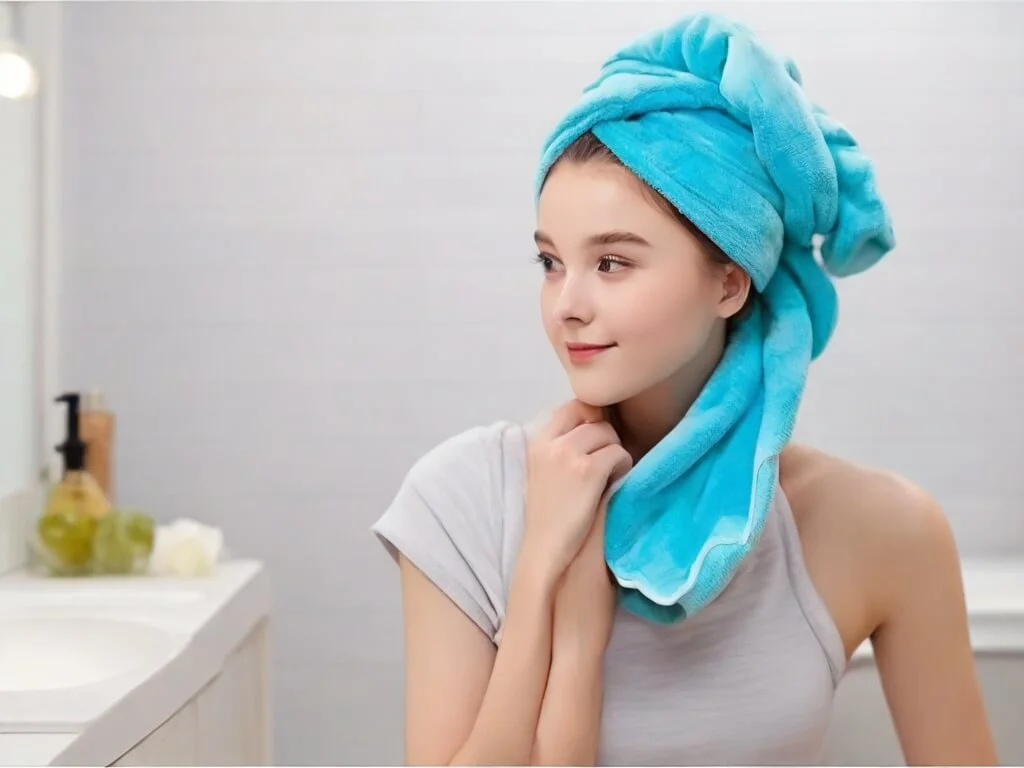Function of stitches
Lines are the central structural blocks of sewing. They join fabric together, giving garments and accessories structure. Also, add decorative elements. They intend to join two clothes together, but all clothes are not the same. There may be delicate and thin fabrics like silk, rayon, satin, and think like denim cotton, or wool. Also, may be stretchy like blended or spandex. The first thing is to learn what types of clothes you are sewing.
A second lesson is about which types of stitches you are choosing. Like denim, a heavy load on seams due to its wear and tear you need to select accordingly. Your stitch type also depends on whether you have access to a sewing machine, or you choose hand stitch.
Types of stitches
There are two main types of stitches: hand-sewing lines and machine-sewing fastens. Hand-sewing stitches are performed by utilizing a needle and string. On other machines, sewing fastens are made utilizing a sewing machine.
Hand-sewing stitches are more flexible. It is used for a variety of tasks, including joining pieces of fabric, hemming, and adorning elements. However, machine-sewing stitches provide greater speed and
precision. The straight stitch, zigzag stitch, buttonhole stitch, and stretch stitch are all familiar machine
stitches.
However, anyone seriously interested in sewing needs to purchase a sewing machine. Also if one has to try something new as a hobby should. However, if you need to sew very few hand sews will give more precision and verity and are perfect for you.
The interesting and related typic for you are ” types of buttons“, “types of pockets”
5 Basic Types of Hand Stitches
It is crucial to start with the basics as a beginner. There are five fundamental hand-sewing stitches. However, each sewing specialist should be aware of that. These stitch structures help you to understand many further sewing operations. Also will assist you with fostering your abilities further.
Running Line Stitch
The simplest and most fundamental stitch is the running stitch. It comprises equally
separated, straight lines that are utilized for treating, assembling, and joining texture.
Backstitch
The back stitch is a stronger stitch that is used to attach patches and seams. To make a
secure, continuous line, you stitch back and forth. Back stitches are made backward to the general direction of sewing.
Stitch Slip
Hemming, patching, and closing seams are all done with the slip stitch, an invisible stitch.
It includes getting a couple of strings of the texture to make an almost undetectable fasten line.
Quilt Stitch
The blanket stitch is a decorative stitch that can be used to finish raw edges, make
appliqué, and make decorative borders. It has a blanket-like edge that is looped.
Stitch Whip
When attaching trims or closing a pillow, for example, the whip stitch is used to join two fabric edges together by passing in and out needles in the fabric. It is a straightforward stitch that stays in place by wrapping around the edge of the fabric.
By dominating these five essential fastens you will acquire a strong groundwork to investigate more
mind-blowing methods and lines from here on out.
Hand Sewing Stitches Techniques and Tips
Hand sewing requires accuracy and deep insights. Follow these methods and advice for professional-looking:
- Putting the Needle in; Pick a suitable needle with a fitting size and eye for the string. Straightforward the thread ends by weting. Insert thread into needle’s eye
- Tying the String: Make a little fold of thread to secure the ends not get out. The fold thread won’t be able to pull back when passing through the fabric.
- Stitch Length: Stitch at fixed length all throughout your sewing project. This makes a more
cleaned and proficient completion. - Tension: Keep fair tension on the thread for each stitch. Excessively free, will be frail. Also, excessively
tight makes texture pucker. - Position of Needle: Make sure that the needle goes through the two layers equally from slight ends. This keeps away from slipping or making lopsided pressure.
By practicing on above detail and experience you can further develop your hand-sewing abilities. Also, accomplish exact and proficient-looking stitches.
Types of Sewing Machine stitches
Sewing machines offer an extensive variety of stitches and work efficiently. The following are some frequently used stitches for the sewing machine:
Straight Sewing Stitch
Straight stitch is the simplest and most adaptable stitch. It is utilized for general
sewing, topstitching, and seaming. Also, change the stitch length to get the ideal impact.
Crisscross Stitch
The crisscross sewing stitches are used for crude edges, appliqué, and making ornamental plans. It keeps texture from fraying. Also, add precise toch to work.
Stitching a Buttonhole
The buttonhole stitching sewing machine line is only used for making buttonholes. Modern sewing machines have programmed buttonhole settings, making this cycle fast and exact.
Stretch Line
The stretch stitching machine is ideal for sewing stretchy textures, like weaves. It permits the texture and stretchiness together.
There are many stitching sewing machines accessible. Try different things with various stitch types. By practicing you can find new procedures and adaptability.
Slip Stitch Guide
For closing the seams slip stitch is a useful method. Also, used for hemming and other invisible closures. Follow guidelines to dominate the slip stitch.
- Make a small loop.
- Insert the needle in the opposite fabric layer after every few stitches.
- Proceed shifting back and forth between the two texture layers.
- Wrap up by hitching the thread.
With training, you will get perfect results and utilize the slip
stitch.
Blind stitch sewing machine
The blind stitch sewing machine is a specialized device that makes almost invisible stitches. It is usually utilized for stitching pants, skirts, and dresses.
- Make the hem is properly folded and aligned
- Change the machine stitch length to ideal.
- The thread disappears in texture showing almost invisible.
- Try different stitch length settings to get a professional look.
The blind stitch sewing machine is very useful for garments hems.
Straight-stitch sewing machines
The straight stitch sewing machine is a flexible machine that makes decorative stitches.
topstitching, and hems look great advantages too.
- Select the proper settings like needle, thread, and stitch settings.
- Guide the texture with proper tension into the machine.
- Explore different different stitch widths and lengths to make an ideal impact.
Before going on your valued fabric try on rough fabric.
Straight-stitch Sewing Features
Straight stitch sewing is an ideal machine for sewing experts. Since they offer accuracy and straightforwardness. Here are a few highlights are:
- Features: 1- A drop feed for free-motion quilting. 2-A built-in needle threader. 3- Adjustable stitch length
4-Adjustable stitch width. - Benefits: Straight-stitch machines give more accuracy and flawless lines. It is perfect for piecing
quilts, sewing articles of clothing, and general sewing requirements. - Famous Models: Janome HD3000, Artist 4423, and Sibling CS6000i are famous straight stitch sewing
machines.
Double-stitch Sewing Machines
Double stitch adds extra strength and durability to your assignments, double-stitch sewing machines are masters. It produces parallel rows of stitches. They are usually used to sew leather, upholstery, and heavy-duty
fabrics. Follow the below steps to master double stitch:
- Select a suitable needle and thread.
- Change the machine settings to make two equal columns of stitch.
- The texture can easily change on the machine, through the machine settings
Since, heavy fabrics are required additional stitch strength, and double-stitch, so double-stitch machines are valuable.
Brother XM 3700
The Brother XM 3700-37 stitch free arm sewing machine is flexible and multifunctional. Here are the features and advantages:
Features: The Brother XM 3700 offers 37 types of stitch arms, including improving, utility, and stretch
lines. It has a free arm for sewing sleeves, sleeves, and garments, and a programmed needle threader.
Benefits: It is light and portable. Simple to transport and store.
User-Friendly: The XM 3700 has an LCD screen and natural controls. It is simple to
choose lines and change settings.
No matter how experienced or inexperienced you are. The Brother XM 3700 is a reliable and flexible option for all of your sewing projects.
Questions Around Sewing Stitch
How to stitch using a sewing machine
How to sew a French knot stitch
How to stitch in the sewing machine
Why is my sewing machine skipping stitches, Why is my sewing machine skips stitches
How to end a sewing stitch
How to slip stitch sewing How to sew a slip stitch, How to slip stitch in sewing, How to do a slip stitch sewing
How to sew a blanket stitch
How to end swing stitch, How to end a stitch sewing, How to end a stitch when sewing
What is the top stitching in sewing
What is blind stitch sewing machine
How to change stitches on brother sewing machine
How to sew a hidden stitch, How to sew an invisible stitch.
